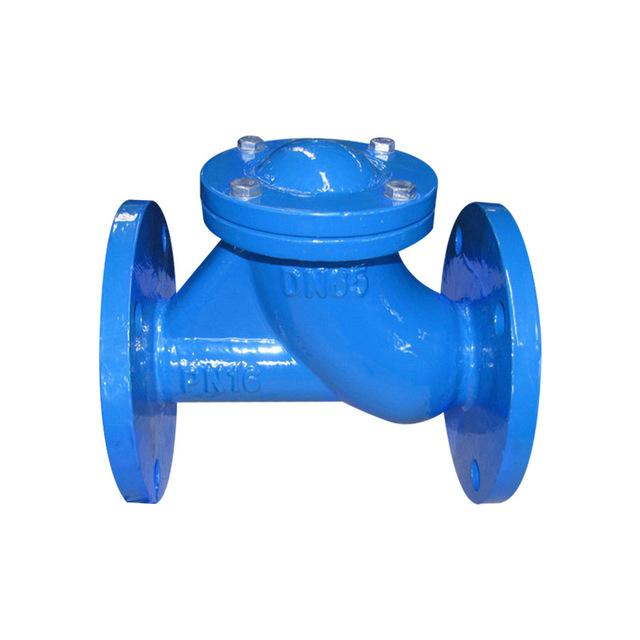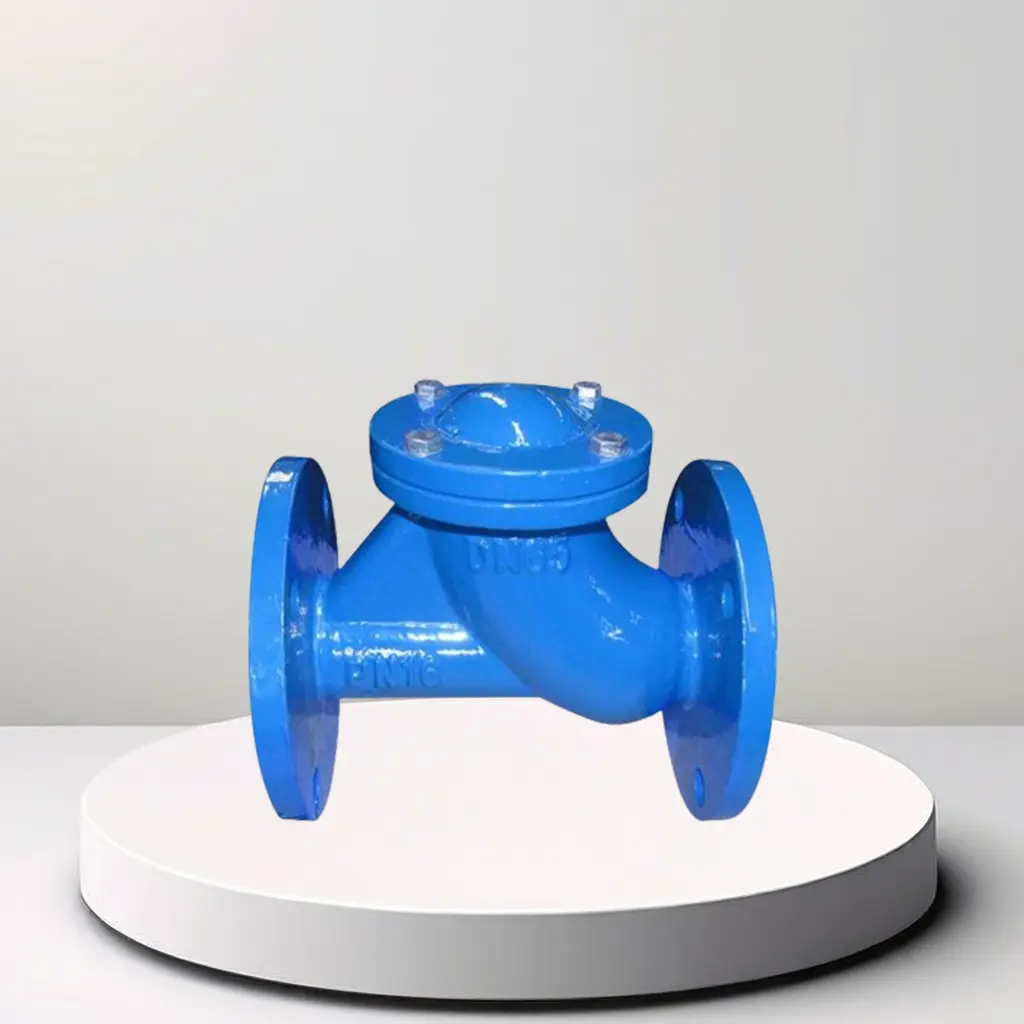Product Description
A ball check valve is a type of non-return valve designed to allow fluid to flow in one direction only, using a spherical ball to block reverse flow. Here is an in-depth look at its components, working principle, advantages, and applications:
Components and Design:
1. Body: The outer shell or casing of the valve that houses the internal components. The body can be made from various materials such as stainless steel, brass, plastic, or cast iron, depending on the application and the type of fluid being handled.
2. Ball: A spherical component that moves within the valve body to open or close the flow path. The ball can be made from metals, rubber, or synthetic materials. Its size and material are chosen based on the fluid properties and operating conditions.
3. Seat: The surface within the valve body where the ball rests when the valve is in the closed position. The seat is designed to provide a tight seal to prevent backflow. It can be made from metal, elastomers, or other materials that ensure a secure seal and durability.
4. Guide (optional): Some designs include a guide or cage to keep the ball aligned with the seat, ensuring consistent performance and reducing wear.
Working Principle:
1. Forward Flow: When fluid flows in the intended direction, it exerts pressure on the ball, pushing it away from the seat. This opens the valve, allowing the fluid to pass through. The flow forces the ball to a position where it offers minimal resistance.
2. Reverse Flow Prevention: When the fluid flow stops or attempts to reverse, gravity and back pressure move the ball back onto the seat. The ball seals against the seat, preventing any backflow. This automatic operation ensures unidirectional flow without the need for manual intervention.
Advantages:
1. Simplicity: The valve has a straightforward design with few moving parts, making it easy to manufacture, install, and maintain.
2. Reliability: The ball check valve operates automatically and provides reliable performance with minimal maintenance.
3. Versatility: Suitable for a wide range of fluids, including liquids, gases, and slurries. It can handle various pressures and temperatures depending on the materials used.
4. Cost-Effective: Generally, these valves are cost-effective due to their simple design and the availability of materials.
5. Minimal Leakage: The design ensures a tight seal when closed, minimizing the risk of backflow and leakage.
Applications:
1. Water and Wastewater Systems: Used in pipelines to prevent contamination from backflow and to maintain pressure in water supply lines.
2. Chemical Processing: Protects equipment and ensures the correct flow direction of potentially hazardous chemicals.
3. Oil and Gas Industry: Installed in pipelines and processing systems to prevent backflow and ensure safe, unidirectional flow of oil, gas, and related products.
4. Pumping Systems: Prevents reverse flow in pump discharge lines, maintaining the prime in the pump and protecting against damage.
5. HVAC Systems: Used in heating, ventilation, and air conditioning systems to ensure proper flow direction and system efficiency.
6. Food and Beverage Industry: Ensures sanitary conditions by preventing backflow and cross-contamination in processing lines.
Installation and Maintenance:
1. Orientation: Correct installation orientation is crucial. The valve must be installed with the flow direction aligned as indicated by the manufacturer to ensure proper operation.
2. Access: Install in locations where regular inspection and maintenance can be easily performed.
3. Material Selection: Ensure that the valve materials are compatible with the fluid and the operating environment to prevent corrosion and degradation.
4. Inspection: Regularly check for wear and tear on the ball and seat to maintain a tight seal and prevent failures.
In summary, a ball check valve is a versatile and reliable solution for ensuring unidirectional flow in a variety of industrial, commercial, and residential applications. Its simple design, ease of maintenance, and effectiveness in preventing backflow make it a popular choice across many sectors.

